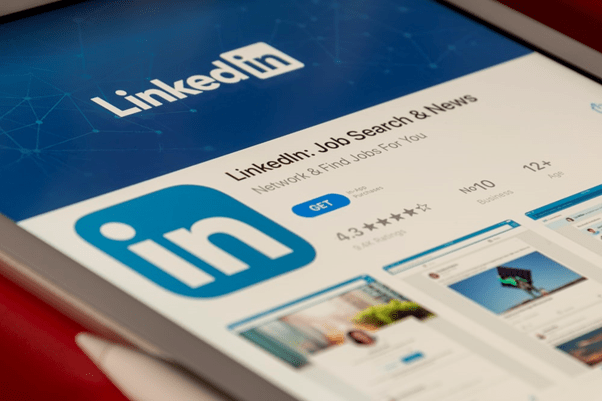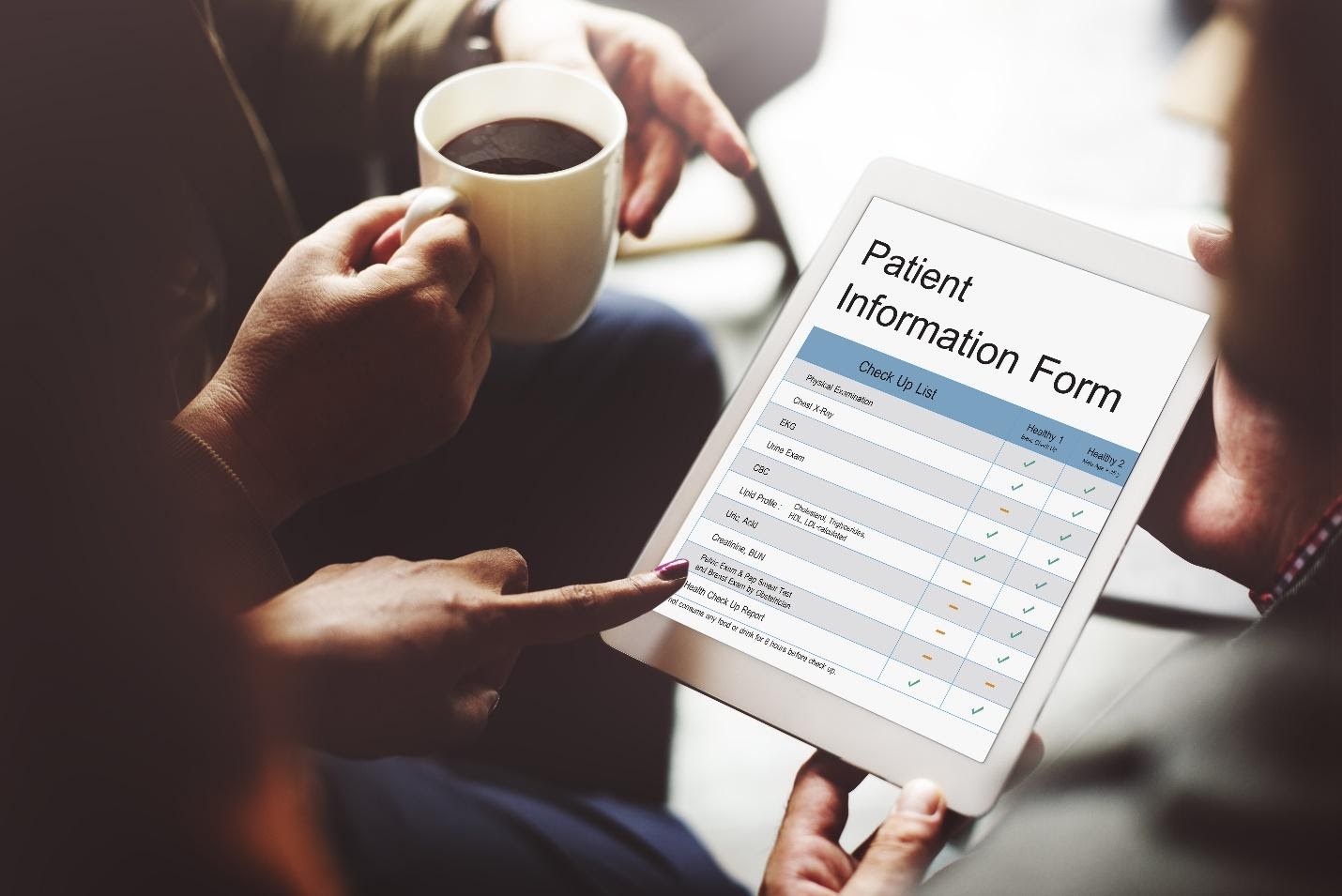Social media has become increasingly popular in recent years for lead generation. Most digital marketing-savvy business owners or managers would have at least looked at their options surrounding Facebook, Instagram, and possibly even Twitter.
However, one platform that proves tricky for some people to manage is LinkedIn. Whether you’re struggling to generate the interest you had hoped, or you’re just not sure how to improve your ads beyond what you currently have, the following information may guide you on what to do next.
What is LinkedIn?
Before focusing on LinkedIn lead generation, it may help to understand what LinkedIn is and how it can differ from other social media platforms you currently hold advertising accounts with. LinkedIn is the largest professional network in the world, described as a business and employment online service operating on an app and website.
Mostly, professional networkers use it to connect with others like them. However, it’s also where job seekers look for work, and professionals post available jobs.
LinkedIn is a platform for connecting, sharing, and learning. In recent years, it has also become a critical tool for businesses to generate leads for more business customers. When you’re ready to focus on improving your current and future LinkedIn ads, the tips below can lead the way.
Steer Away From Cold, Hard Sales Tactics
Even if you believe you have the best software for businesses that money can buy, a cold, rigid approach to sales may not get you the results you want. Rather than offering a link to a product you say benefits businesses, utilize a softer approach that focuses on problems companies are having.
Every business, company, or corporation will face a crisis or complicated issue at some stage. By identifying that problem in your marketing material and offering a teaser into what may help solve it, you may be able to increase clickthrough rates to your website.
Rely On Customer Relationship Management (CRM) Technology
While you can easily export leads from LinkedIn manually, this process can be time-consuming. It’s also easy for it to be a task you fail to do often, which means some leads may lose interest by the time you get around to focusing your efforts on them.
Instead of taking this manual approach, use CRM technology. While not all CRMs can be integrated with LinkedIn, many can be. When you do, your leads can automatically be entered into your nurture flow to gently guide them towards a sale. This process can happen almost immediately after a LinkedIn user fills out a form to receive more information from you.
Organize Your Lead Generation Ads
Testing is a significant part of lead generation. Sometimes, you have to tinker with ad types over a period of weeks to find the winning recipe for business promotion.
To ensure you’re able to carry out this process correctly, make sure you name each lead generation form with your approach and the type of interest you’re hoping to track. If you stick with generic names like ‘test form’ and ‘new form’, you can find yourself confused at which ones provided the most traction and which ones should not be used again.
Make Your Lead Generation Form Attractive
Few potential new business customers will hand over their personal information if they are not lured in by what you have to offer. Even though the lead form is the door to your website or landing page, it should also be as attractive as them.
Create a short, snappy headline and pair it with an equally short description. You have limited characters to work with, so ensure they can be as straight to the point and appealing as possible. If you’re unsure where to begin, focus on the benefits of your product or service.
Consider Lead Quality
Think about whether you’re interested in attracting all potential leads or only those that are more likely to become paying customers. You might be wondering what the difference is, or if there’s any difference at all.
Lead quality is essential, as the last thing any business owner has time for is chasing up people who have filled out your form and aren’t really leads at all. You may be able to improve the quality of potential customers you’re attracting by making your lead forms more extensive.
While requesting a name and email address is easy enough for anyone to do, a few more auto-fill questions mixed in with type-in questions may weed out those who aren’t overly invested.
Having those extra components may also give you more information about your potential customers so you can target your campaigns more effectively.
Offer Multiple Information Channels
Sometimes, LinkedIn users will fill out a form to request information they can read immediately. In that case, offer at least two ways for them to get the information they want while still being able to connect with them.
You can make your thank you message CTA in the LinkedIn lead generation form a link to your website. They may be able to access the information they need there. You may also like to follow up their form submission with an email containing a link to the content so they can access it again at a later date.
Doing so may not seem all that important, but it can be. It may help your brand be referred to as a valuable educational source that paying customers rely on in the future.
Don’t Forget LinkedIn Demographics
Hidden in the LinkedIn Campaign Manager is a helpful tool that may allow you to narrow down your potential leads even further than you already have. It’s the demographics feature, which lets you target your ads toward specific people or businesses based on their company and company size, job role, and more.
Even if you’re already creating quality leads by building a more extensive lead form, this simple feature can target a unique group of people who may be more likely to require your products and services.
Lead generation can be complicated, especially on platforms with which you may not be all that familiar. If you’re new to LinkedIn and need a helping hand with lead generation, any of these tips above may be how you get those quality leads you’ve been searching for.



